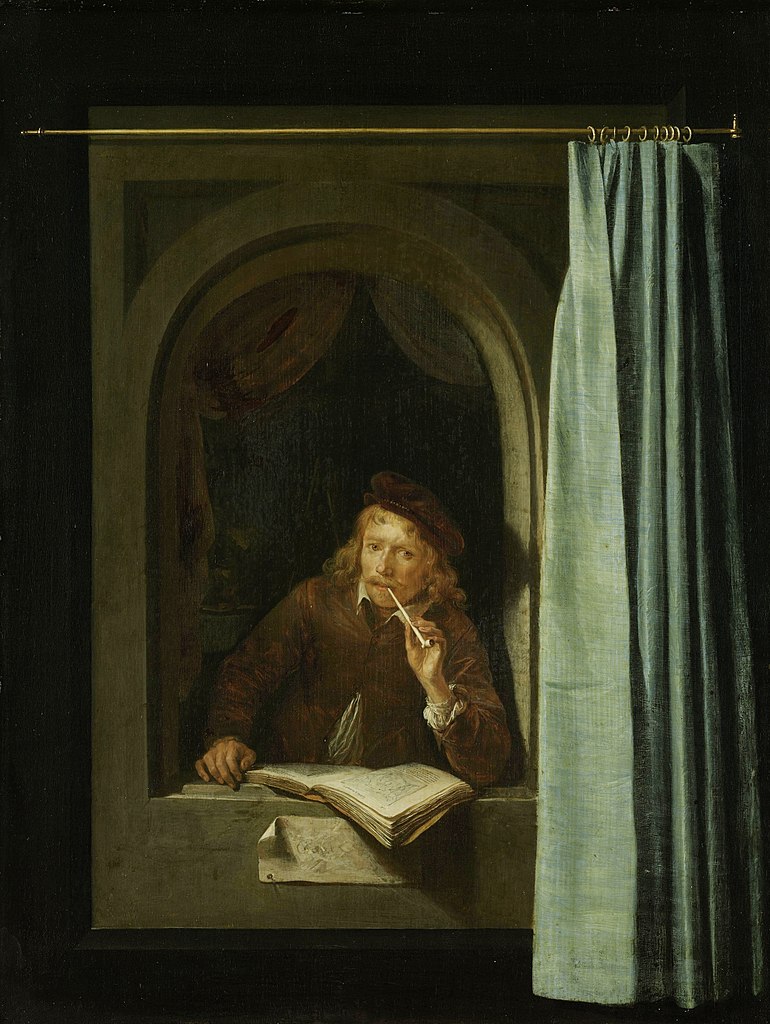A Quieter Art How an obscure group of painters helped me find my way

“Self Portrait”, 1645
Oil on panel, 19×15 inches / 48×37 cm
In a pair or recent blog posts (here and here), I’ve been talking about one of my favorite groups of artists – the Fijnschilders, who worked in the Dutch city of Leiden during the 17th century.
Thinking about the way these artists approached their work has given me a lot of artistic nourishment and sustenance. It even helped me find my way after feeling adrift over the last few years.
Like most people who feel driven to do something, there’s a little voice in the back of my head. It tells me that nothing I’ve done so far measures up. That I’m not yet up to the task. That I’d better improve my game if I want to make anything of myself.
This is almost always a good thing.
However, chasing for superlatives – best this, finest that, outstanding whatever – is a double-edged sword.
It can lead to the strongest work. It can also cripple with self-doubt – maybe I need to aim higher, work bigger, paint grander, take bolder directions… and so on. It can be especially dangerous when it leads to trying paths that aren’t really true to yourself.
While so many of their peers were painting large, stately canvases, the Fijnschilders were patiently working away at small, exquisite gems. They made a quieter, more intimate kind of art.
This has been like a tonic to me.
It’s refocused my attention… clarified things.
These artists didn’t lower their aim. They didn’t compromise their standards. They certainly weren’t settling for less. Far from it.
Instead, they demonstrated a way to channel all of their artistic energies into something that seemed modest and humble at first. Easy to underestimate if you didn’t give it a second look. In fact, they were busy digging a mine shaft leading to great riches.
For me, it puts in plain terms something I think we all know deep down:
That you don’t have to be grand to be great. The haiku can be as powerful as the epic poem. The Faberge egg can be as impressive as a cathedral. The small painting of a sleeping dog can be as moving as the life-size historical narrative painting.
The scale and the means are different, but the human impact is every bit as real and deep. Beauty is enough.
I owe these painters a debt for showing me this – I’m grateful to have the perspective. In a way, they’ve helped me find freedom to be exactly who I am every day when I walk into my studio.